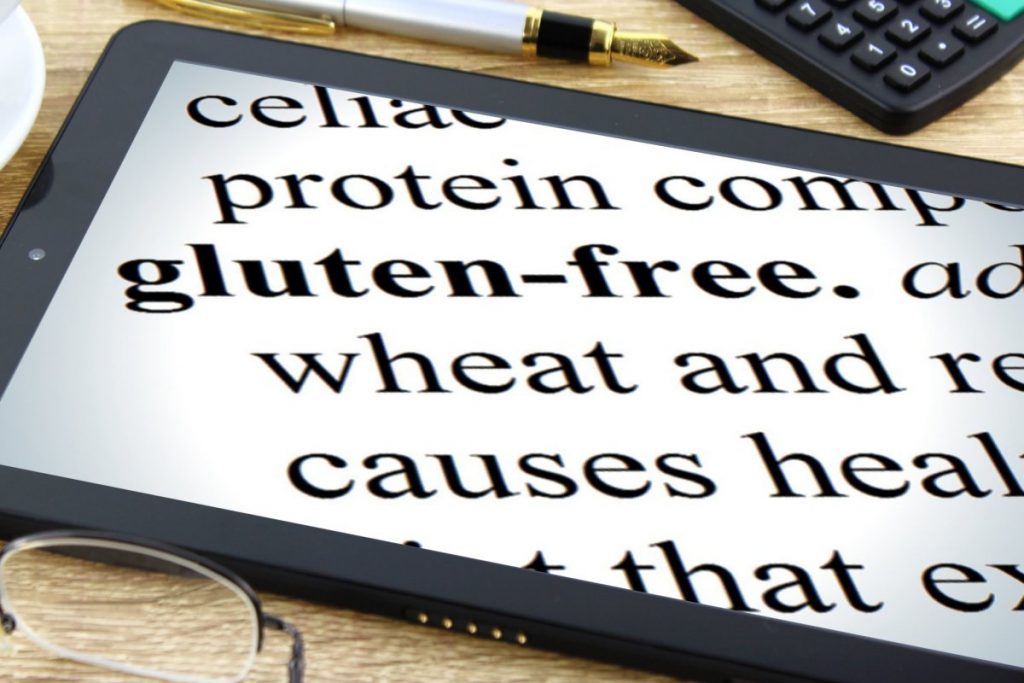
What IS with Wheat?
How do we know if the wheat we are eating is good quality wheat or not? It’s tough these days to tell because as consumers we are so far removed from the production process we simply have no idea where the wheat we eat was grown nor how it was grown. Yet, we have the government telling us to consume wholewheat as part of a balanced diet whilst others are saying it’s toxic. It’s confusing isn’t it?
Let me tell you what I know and what informs my decisions as a parent. Us humans have been consuming wheat for literally thousands of years. Whilst it is something we have been eating for years most common diet-related issues and diseases are recent. In short we cannot blame old wheat for our new health problems.
However, the wheat we eat today is not the wheat our grandparents grew up eating. It is so different and that may be why so many people and children in particular struggle with modern wheat. So what has changed?
- IT IS PROCESSED DIFFERENTLY. After the Industrial Revolution populations grew so quickly that more wheat needed to be grown quickly and cheaply. Sadly, the quality of the wheat declined. With modern wheat we now separate the nutritious components of the grain (the bran and germ) away from the endosperm, where most of the starchy carbohydrates are. This more modern wheat processing creates a wheat that gives a really sharp boost to energy levels i.e. causes our blood sugar levels to spike and then causes a subsequent blood sugar low
- WE NOW PREPARE WHEAT DIFFERENTLY. Wheat grains (in fact all grains) used to be soaked, sprouted and fermented. Then the bread was baked using slow rise yeast. Spouting and fermenting simply makes nutrients more accessible. Nowadays, the closest thing you’ll find to ‘old fashioned’ bread is a decent sourdough. This bread is heavy and slightly chewy. It does have a slightly sour taste that not all kids love but it is how bread was always meant to be consumed.
- MODERN WHEAT IS HIGH YIELDING DWARF WHEAT which is the result of cross-breeding. Dwarf wheat is a lot cheaper to grow than the older varieties but it also contains a starch called amylopectin A which appears to cause increases in weight gain, and has a higher gluten content than its predecessor which may be a cause of sensitivity in those susceptible.
- MODERN WHEAT IS LESS NUTRITIOUS Concentrations of Zinc, Copper, Iron and Magnesium were 19-28% lower in the years 1968-2005, compared to 1845-1967 . At the same time, there was no evidence that the soil had changed. So it is clearly something about the nature of modern wheat that makes it less nutritious than the older varieties.
The upshot of all of this is that some people believed to have a gluten sensitivity actually have a modern wheat sensitivity. The frustration for me as a nutritional therapist is that as more people who demand gluten free products, the more the food industry responds. However most gluten-free versions of traditional wheat-based foods are actually what I would describe as ‘junk food’. Check the ingredients and you’ll likely see some combination of rice starch, cornstarch, tapioca starch, potato starch and guar gum as a substitute for white flour. These are the same kind of highly refined industrial starches that spike blood sugar as much—or even more than—white flour.
So, in short, modern wheat plays havoc with blood sugar levels and is less nutritious. Furthermore it may create or be the reason for wheat sensitivity. As a result I tend to limit the amount of wheat the children have in their diet and specifically in their lunches which is where you tend to find a lot of wheat i.e. sandwich, cake, biscuit, savoury snacks that are wheat based. The children tend to have oat, rice, buckwheat or corn based crackers and savouries. I also use alternative flours such as spelt, buckwheat, quinoa and oat flour for their baked lunchbox biscuits, cakes and flapjacks too.
